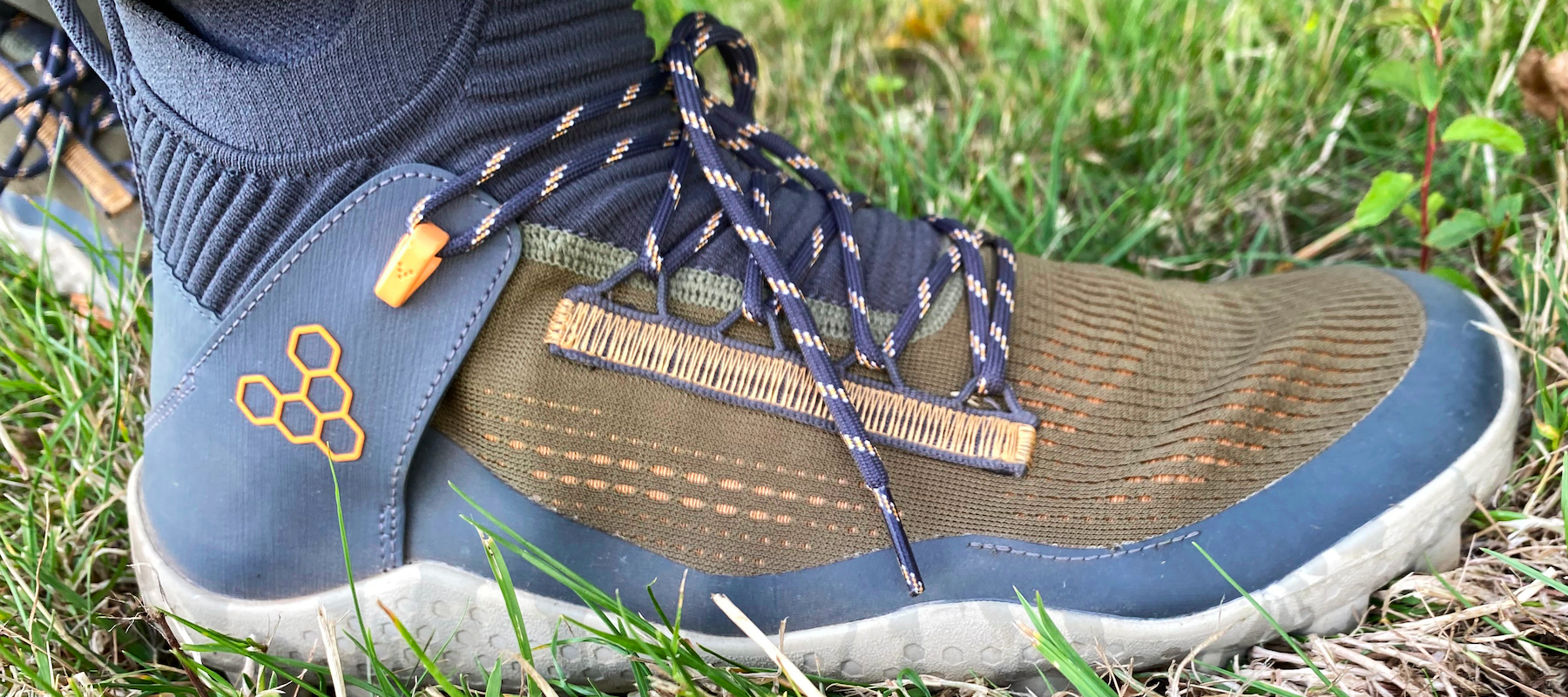
Vivobarefoot Magna Lite SG: first impressions
Vivo have been striding ahead at the pointy end of the barefoot movement for years, and the Vivobarefoot Magna Lite SG is the latest lightweight and minimalist offering from the brand. But can it compete with the traditional best hiking boots on the market?
• List price: $253 (US) / £170 (UK) / €200 (EU)
• Gender availability: Male / female versions
• Weight (per boot): Men’s: 350g / 12.5oz; Women’s: 310g / 11oz
• Materials: Vamp Engineered Mesh upper (62% Rcd Cationic Yarn, 38% RPET); Soft ground outsole (60% Polymer, 30% Silica, 10% Vulcanized Chemical); 100% RPET insole and laces
• Colors: Men’s: Botanical Green / Moonstone; Women’s: Moonstone
• Compatibility: Low-level hiking, trekking and fastpacking on soft terrain in reasonably warm weather. Can also be worn scrambling
These are nice-looking boots (something that can’t be said about all Vivo’s offerings – in my opinion), and I was instantly impressed with the features they offer, and the way they felt as soon as I put them on. But it is very important to appreciate what barefoot walking really is before you jump into these boots with both feet, because otherwise you might be in for a shock.
So, obviously (since we’re reviewing a boot here), barefoot walking is not literally hiking with nude feet (well, it can be, but it doesn’t have to be). Just like barefoot running, it involves walking in shoes that have no midsole (therefore no cushioning), so you can “feel” and “read” the trail beneath your feet.
There can be a difference between “barefoot” and “zero drop”, but without a midsole, having zero drop between the heel and toes is nearly always a feature of barefoot shoes and boots (and so it is with the Magna Lite SGs). This promotes a more tactile approach to trekking that makes you think more carefully about your foot placement and walking style. Often barefoot walkers and runners prefer to land their forefoot first, rather than using a heel strike – a gait considered more efficient and natural by some – but this, combined with the lack of cushioning, can be hard on your calves until you get used to it.
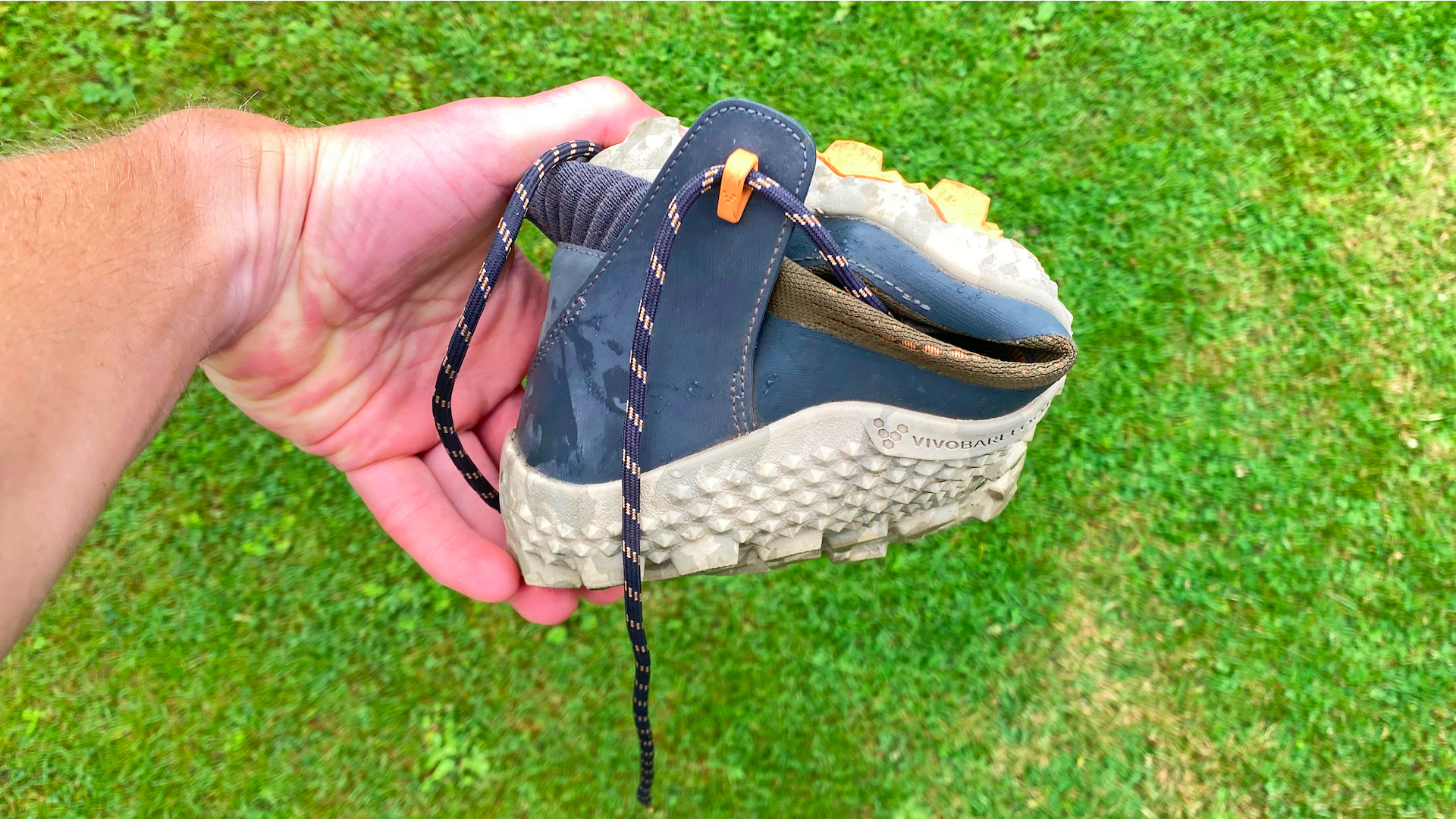
While they don’t feature any real midsole, the Vivobarefoot Magna Lite SGs do have an insole and a 2.5mm sole base, which provides some protection from puncture wounds caused by sharp sticks and stones without massively impacting the trail feel. The SG in the name stands for “Soft Ground”, which is the terrain type these boots are designed for.
The 5mm chevron-shaped lugs are intelligently arranged to supply good traction and braking control when walking down steep descents. The toe box is really wide, which allows your pinkies to spread out – another feature of many of the best barefoot running shoes, because it helps with trail feel.
The entire upper of the Vivobarefoot Magna Lite SGs is one unit – almost like a more substantial sock – so there is no separate tongue. Instead the collar has an elasticated feel and there are two wing-like elements that you pull tight around your ankle via the top lace eyelet. The result is a really tight and secure fit, which provides good support and confidence when you’re tackling technical trails, although there is less ankle support with the Magna Lites than you get with the Vivo Tracker IIs, which have a higher collar.
The pull loops on the back and front of the collar are really useful (in fact, without these they would be a nightmare to get on and off). The boots are also very flexible – you can roll one up with one hand – which makes them easy to pack and very useful for taking on your travels.
Vivobarefoot Magna Lite SG: on the trails
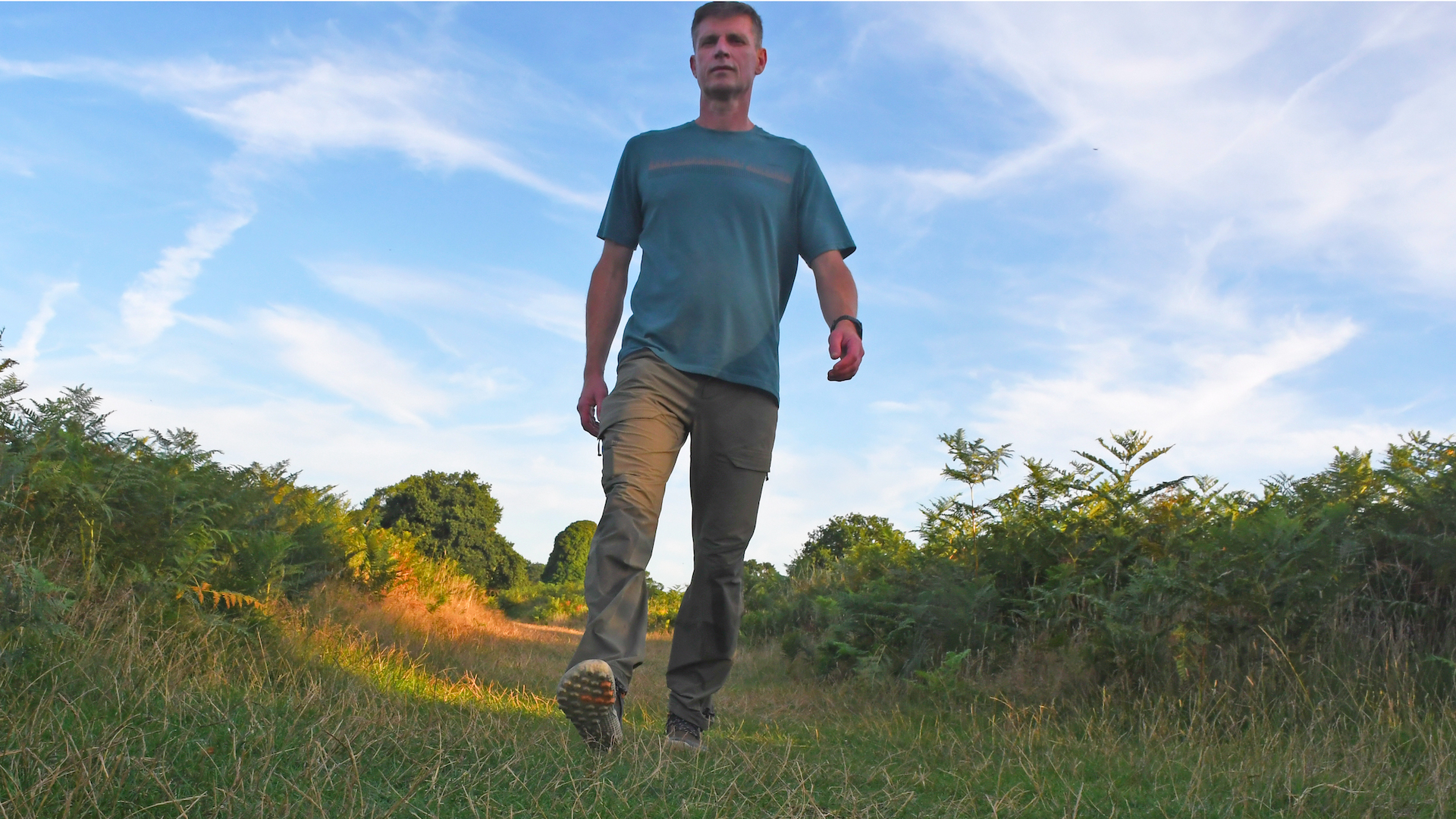
I’ve been wearing Vivobarefoot Magna Lite SG boots during day hikes in a wide range of outdoor conditions and on various types of trail over the last month. On test in pretty warm (sometimes horribly hot) conditions I found them to be very breathable and comfortable to wear, even for long periods of time. I particularly appreciated the wide toe box – my Hobbit-like feet hate being squeezed into aggressive shoes and boots, but these really let me spread my toes and feel the terrain I was trekking across.
They are very clearly (and transparently) designed for soft underfoot conditions, and when walking on sealed surfaces and terrain that had been baked concrete-hard by the summer sun, I could feel the lugs through the sole base, which was occasionally uncomfortable (like walking in football boots).
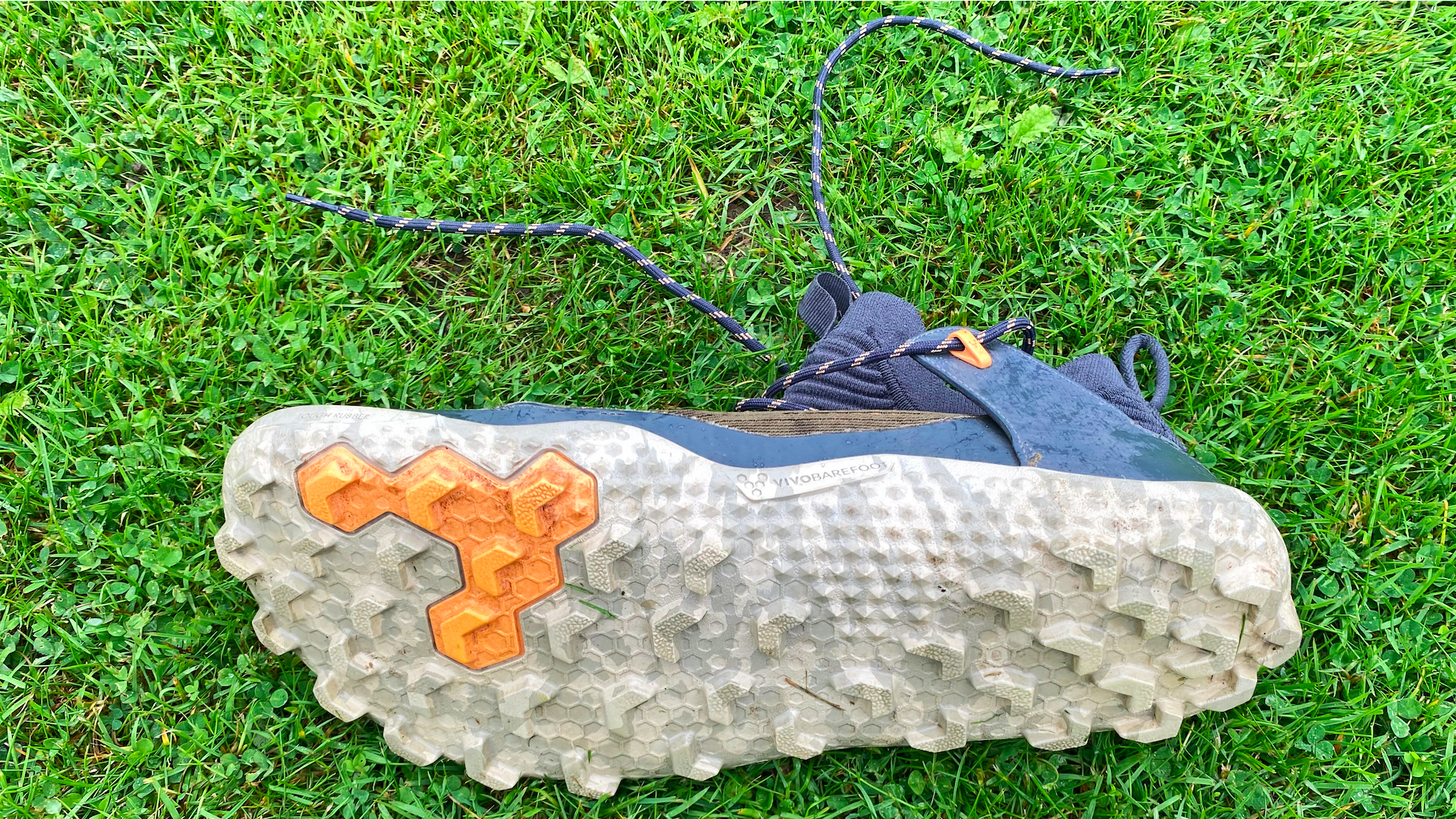
On spongier trails, however, the outsoles worked really well, supplying excellent traction and grip while still letting me read the terrain I was treading on. The chevrons are cleverly arranged – helping me stay upright on technical descents, and not accumulating too much mud when I was walking in wetter conditions.
I really like the way the collar laces shut firmly around my ankle, with the two wings supplying a light-touch but very welcome support – a real bonus on more tricky trails. It’s worth remembering that just because they’re designed for “soft ground” doesn’t mean you can’t tackle more technical trails with rocks and other obstacles – these tactile boots are good for such challenges – it just means avoid street walking as much as possible.
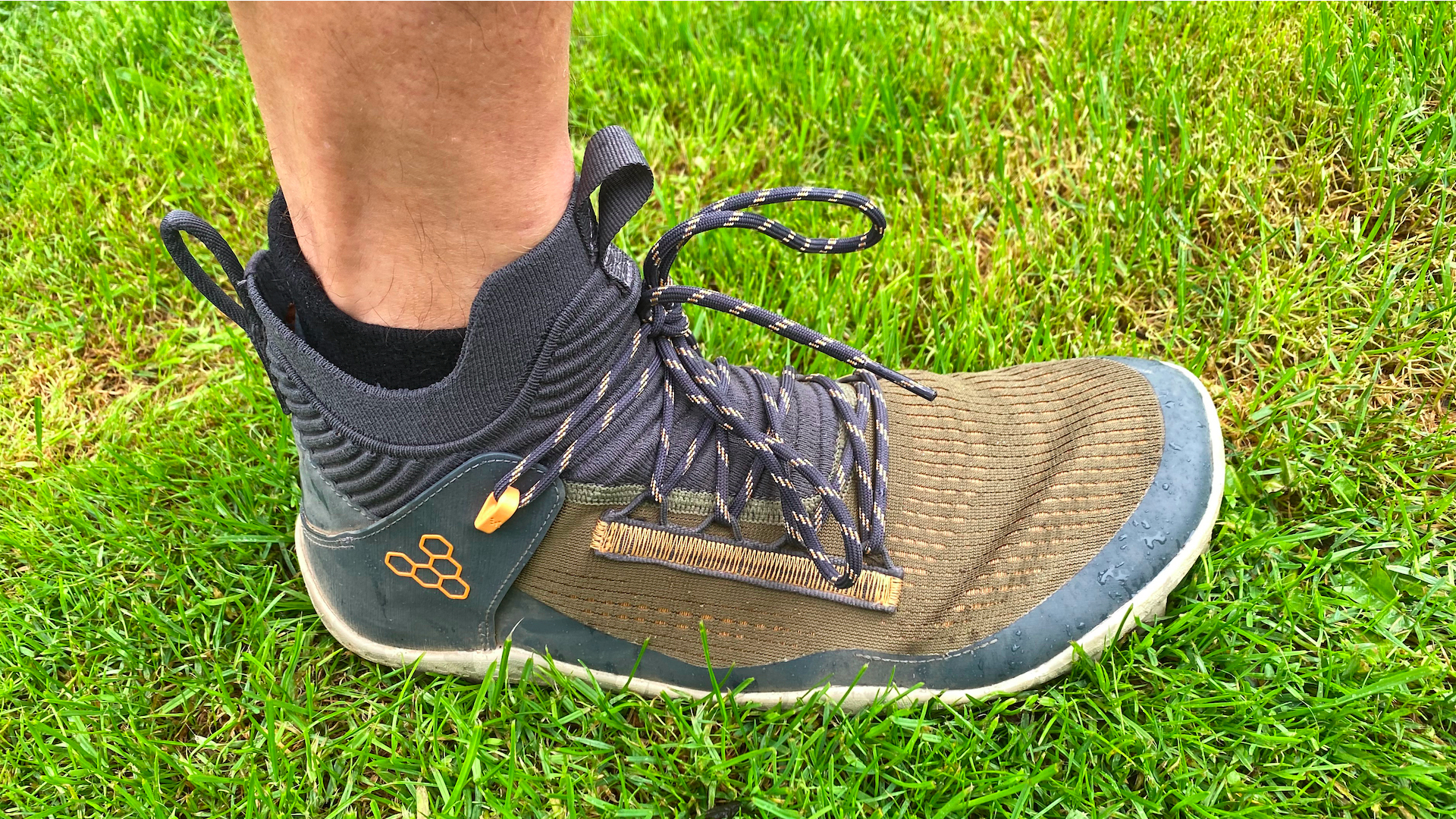
I’ve found the Magna Lite SGs particularly good for those times when you’re hitting the road and need to pack a pair of boots, but don’t want them to take up half your bag – they scrunch down really small and are ideal for taking travelling (so long as you’re going somewhere with off-road trails).
There are downsides to this minimalism, of course. The Magna Lite SGs offer none of the rigidity and all-foot, all-weather protection that a more traditional hiking boot supplies. I would definitely not advise using them when carrying a heavy pack, for example, or when hiking at altitude or in cold and challenging climates. But, used in type of terrain and conditions they’re designed for, these are great barefoot boots.








